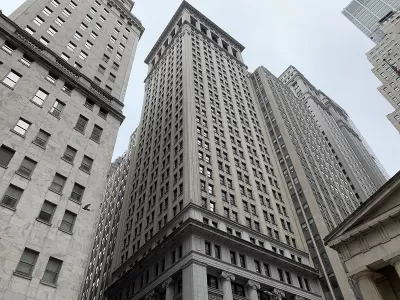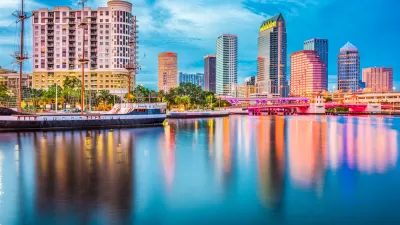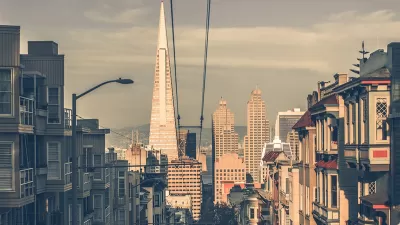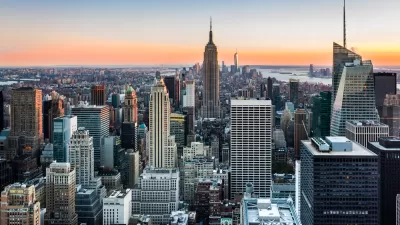Landlords are offering generous incentives in an effort to prop up the struggling U.S. office market.

An article in The Real Deal assesses the state of the U.S. office real estate market, which is showing some signs of recovery after the pandemic drastically reduced the need for office space. However, the article notes that this is due in part to significant incentives offered by landlords desperate to close deals.
"CBRE reported cash payments made to tenants in the Manhattan office market have more than doubled from 2016 to 2021, from $76 per square foot to $154 per square foot, for the market’s most expensive leases." With the incentives factored in, landlords are collecting 7.7 percent less rent than five years ago. But despite the hit, the article indicates that "landlords benefit by having high rents on paper to inflate the value of the property and perhaps lure other tenants."
As masses of office workers shifted to remote work over the last two years, occupancy in downtown buildings dropped sharply, leading to financial distress in the industry and creating ripple effects throughout the network of small businesses and vendors that traditionally depend on commuters. In some cases, cities are developing plans to revitalize areas typically dependent on the 9-to-5 crowd and reimagine the use of buildings and public space for more flexible and diverse uses.
FULL STORY: Unprecedented landlord incentives powering U.S. office market recovery

Study: Maui’s Plan to Convert Vacation Rentals to Long-Term Housing Could Cause Nearly $1 Billion Economic Loss
The plan would reduce visitor accommodation by 25,% resulting in 1,900 jobs lost.

North Texas Transit Leaders Tout Benefits of TOD for Growing Region
At a summit focused on transit-oriented development, policymakers discussed how North Texas’ expanded light rail system can serve as a tool for economic growth.

Why Should We Subsidize Public Transportation?
Many public transit agencies face financial stress due to rising costs, declining fare revenue, and declining subsidies. Transit advocates must provide a strong business case for increasing public transit funding.

How to Make US Trains Faster
Changes to boarding platforms and a switch to electric trains could improve U.S. passenger rail service without the added cost of high-speed rail.

Columbia’s Revitalized ‘Loop’ Is a Hub for Local Entrepreneurs
A focus on small businesses is helping a commercial corridor in Columbia, Missouri thrive.

Invasive Insect Threatens Minnesota’s Ash Forests
The Emerald Ash Borer is a rapidly spreading invasive pest threatening Minnesota’s ash trees, and homeowners are encouraged to plant diverse replacement species, avoid moving ash firewood, and monitor for signs of infestation.
Urban Design for Planners 1: Software Tools
This six-course series explores essential urban design concepts using open source software and equips planners with the tools they need to participate fully in the urban design process.
Planning for Universal Design
Learn the tools for implementing Universal Design in planning regulations.
City of Santa Clarita
Ascent Environmental
Institute for Housing and Urban Development Studies (IHS)
City of Grandview
Harvard GSD Executive Education
Toledo-Lucas County Plan Commissions
Salt Lake City
NYU Wagner Graduate School of Public Service





























